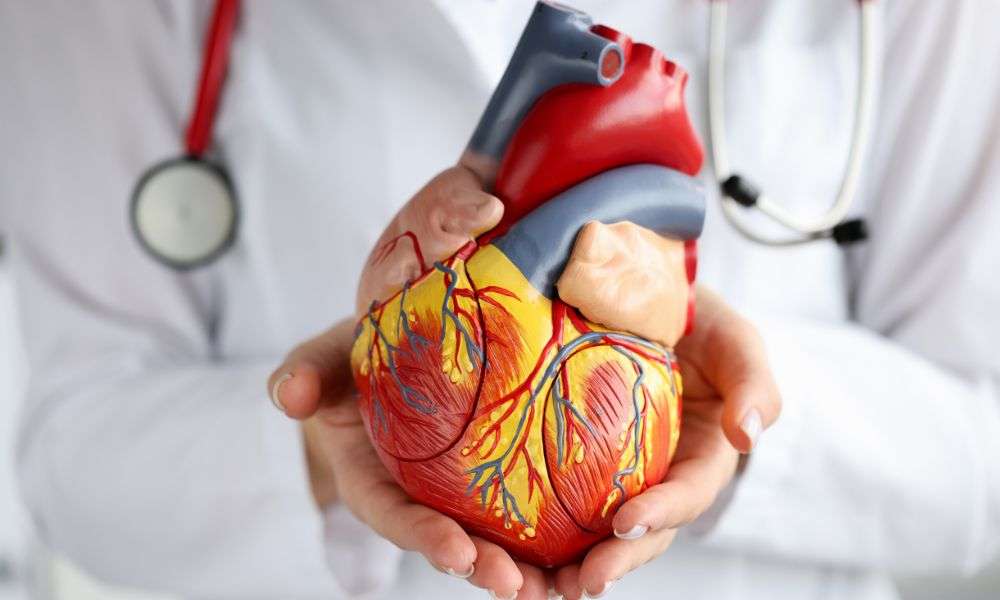Understanding Amyloidosis: Symptoms, Diagnosis, and Treatment Options
Amyloidosis occurs when abnormal proteins form deposits in tissues and organs throughout the body, disrupting normal function. These protein deposits, called amyloids, can affect different organs including the heart, kidneys, liver, nervous system, and digestive tract. While considered rare, amyloidosis can be life-threatening if left untreated, making early detection and appropriate management essential for improving patient outcomes and quality of life.

Amyloidosis represents a group of diseases characterized by the abnormal folding and deposition of proteins in various organs and tissues. These misfolded proteins, known as amyloids, can interfere with normal organ function and lead to serious health complications if left untreated. The condition affects thousands of people worldwide and can manifest in different forms, each requiring specific diagnostic approaches and treatment strategies.
What Are the Primary Symptoms of Amyloidosis?
The symptoms of amyloidosis vary significantly depending on which organs are affected and the type of amyloid protein involved. Common early signs include unexplained fatigue, weakness, and weight loss that may be mistaken for other conditions. Cardiovascular symptoms often present as shortness of breath, irregular heartbeat, and swelling in the legs and ankles due to heart failure.
Kidney involvement typically manifests as protein in the urine, leading to foamy urine appearance and fluid retention. Gastrointestinal symptoms may include diarrhea, constipation, nausea, and difficulty swallowing. Neurological manifestations can range from numbness and tingling in the hands and feet to more severe complications affecting coordination and cognitive function.
How Amyloidosis Is Diagnosed
Diagnosing amyloidosis requires a comprehensive approach combining clinical evaluation, laboratory tests, and tissue analysis. Healthcare providers typically begin with a detailed medical history and physical examination, looking for characteristic signs such as enlarged organs, skin changes, or cardiac abnormalities.
Blood and urine tests help identify abnormal protein levels and assess organ function. Specialized tests may include serum and urine protein electrophoresis, which can detect specific types of amyloid proteins. Advanced imaging studies such as echocardiograms, MRI scans, and nuclear medicine studies provide detailed information about organ involvement and severity.
The definitive diagnosis requires tissue biopsy, where a small sample of affected tissue is examined under a microscope using special stains that highlight amyloid deposits. Common biopsy sites include abdominal fat, bone marrow, or affected organs depending on the clinical presentation.
What Are the Main Treatment Approaches for Amyloidosis?
Treatment strategies for amyloidosis focus on slowing or stopping the production of abnormal proteins while managing organ-specific complications. The approach varies significantly based on the type of amyloidosis and the organs involved.
For AL amyloidosis, which involves abnormal antibody light chains, treatment often includes chemotherapy regimens similar to those used for multiple myeloma. High-dose chemotherapy followed by autologous stem cell transplantation may be considered for eligible patients. Newer targeted therapies and immunomodulatory drugs have shown promising results in clinical trials.
AA amyloidosis treatment primarily involves controlling the underlying inflammatory condition that triggers amyloid formation. This may include medications to suppress inflammation, treat infections, or manage autoimmune diseases. Hereditary amyloidosis may benefit from liver transplantation in certain cases, as the liver produces many of the problematic proteins.
What Lifestyle Changes Can Help Manage Amyloidosis Symptoms?
While medical treatment remains the cornerstone of amyloidosis management, lifestyle modifications can significantly improve quality of life and support overall health. Dietary adjustments play a crucial role, particularly for patients with kidney or heart involvement. Reducing sodium intake helps manage fluid retention and blood pressure, while protein restriction may be necessary for those with advanced kidney disease.
Regular, gentle exercise as tolerated can help maintain cardiovascular health and prevent muscle weakness. However, patients should work closely with their healthcare team to develop appropriate exercise plans that consider their specific limitations and organ involvement.
Stress management techniques, adequate sleep, and avoiding alcohol and tobacco are essential for supporting overall health. Patients should also stay up-to-date with vaccinations and maintain regular follow-up appointments to monitor disease progression and treatment response.
Are There Any New or Emerging Treatments for Amyloidosis?
The field of amyloidosis treatment continues to evolve with promising new therapeutic approaches under investigation. Gene silencing therapies, including antisense oligonucleotides and small interfering RNA treatments, show potential for hereditary forms of the disease by reducing the production of problematic proteins.
Monoclonal antibodies designed to target and remove amyloid deposits are being studied in clinical trials. These treatments aim to clear existing amyloid accumulations from tissues, potentially reversing some organ damage. Additionally, novel small molecule drugs that stabilize proteins and prevent misfolding are showing encouraging results in early-stage studies.
Immunotherapy approaches, including vaccines against amyloid proteins, represent another frontier in treatment development. These therapies aim to train the immune system to recognize and eliminate amyloid deposits naturally.
The prognosis for amyloidosis has improved significantly with earlier diagnosis and more effective treatments. While the condition remains serious, many patients can achieve disease stabilization and maintain good quality of life with appropriate medical care. Ongoing research continues to expand treatment options and improve outcomes for individuals affected by this complex group of diseases. Early recognition of symptoms and prompt medical evaluation remain critical factors in achieving the most favorable outcomes.
This article is for informational purposes only and should not be considered medical advice. Please consult a qualified healthcare professional for personalized guidance and treatment.




